Did you know that the top 5% of earners in Canada make more than the bottom 50% combined? This staggering statistic, highlighted by renowned economist Thomas Piketty, is a stark reminder of the income disparity that exists in one of the world’s most developed nations. But this isn’t just a number—it’s a story about power, privilege, and the profound impact of wealth distribution on society. According to OECD reports, Canada’s income gap has widened over the past few decades, despite its reputation for fairness and equality. Even authors like Linda McQuaig have delved into this issue, shedding light on how the rich keep getting richer while the rest struggle to keep up.
Understanding income distribution isn’t just about crunching numbers; it’s about uncovering the dynamics that shape our economy and society. Why are some Canadians raking in millions while others struggle to make ends meet? What does this mean for the future of work, education, and even democracy? This article dives into the top 5 income brackets in Canada, exploring who they are, where they’re concentrated, and what this disparity means for the rest of us. Whether you’re a policy wonk, a concerned citizen, or just curious about how the other half lives (or the other 5%, to be precise), this is your guide to Canada’s income landscape.
Overview of Income Distribution in Canada
Income inequality in Canada is a tale of two realities. On one hand, Canada is often celebrated for its high standard of living and robust social safety nets. On the other, the gap between the rich and the rest has been steadily growing. According to Statistics Canada, the top 5% of income earners take home nearly 20% of the country’s total income. That’s a lot of money concentrated in very few hands. Who are these top earners, and where do they live? Let’s break it down.
The top 5% of income earners in Canada are those who make approximately $200,000 or more annually. This group includes CEOs, doctors, lawyers, and tech entrepreneurs, among others. Geographically, they’re clustered in cities like Toronto, Vancouver, and Calgary, where high-paying industries like finance, technology, and energy thrive. But it’s not just location—education and skills play a massive role. A study by the C.D. Howe Institute found that advanced degrees and specialized training are often the ticket to these elite income brackets.
Historically, income inequality in Canada has fluctuated, but the trend since the 1980s has been upward. The rise of globalization, technological advancements, and changes in tax policies have all contributed to this widening gap. For instance, in the 1970s, the top 1% earned about 7% of the total income. Today, that figure has doubled. This isn’t just a Canadian phenomenon—it’s a global issue, as noted by economists like Thomas Piketty in his groundbreaking book Capital in the Twenty-First Century. But what does this mean for the average Canadian? And more importantly, what can be done to address this growing divide? That’s what we’ll explore next.
Ever wonder what separates Canada’s top earners from the rest? It’s not just luck—it’s a mix of careers, education, and sometimes, being in the right place at the right time. Let’s crack open the vault and see what’s inside.
Occupations and Industries: Where the Big Bucks Live
If you’re picturing a Wall Street-style wolf in a sharp suit, think again. While finance (looking at you, RBC and TD) still dominates, tech is the new kid on the block, flexing with salaries that make your eyes water. Software engineers at Shopify or AI researchers at U of A are raking in six figures before they hit 30. Healthcare? Oh yes—surgeons and specialists, especially in cities like Toronto, are laughing all the way to the bank. And let’s not forget the oil barons in Calgary—though they’ve had a bumpy ride lately.
Education and Skills: The Golden Ticket
Spoiler: dropping out like Steve Jobs isn’t a reliable strategy here. The top 5% are drowning in degrees—MBAs from Ivey, law diplomas from McGill, or engineering credentials from U of T. But it’s not just paper—skills like coding, data analysis, or even bilingualism (hello, Montreal) can turbocharge earnings. The lesson? School’s cool, but knowing how to use what you learn is cooler.
Demographics: Who’s Sitting at the Table?
Here’s the awkward part: the top tier is still a boys’ club, though women are closing the gap (slowly). Age-wise, 40s and 50s dominate—experience pays, literally. Ethnic diversity? Improving, but let’s just say the “old money” crowd isn’t exactly a rainbow. And if you’re in Vancouver or Toronto, you’re more likely to rub elbows with the elite—unless you’re busy staring at their houses from the sidewalk.
Wealth vs. Income: The Sneaky Difference
Here’s the kicker: some of these high earners are “income rich” but “wealth poor.” A doctor making $300K might still be paying off student loans, while a retiree in Victoria with a paid-off mansion and a pension is quietly richer. Wealth is what you keep, not just what you make—ask anyone who bought Toronto real estate in the ’90s and is now sipping champagne while millennials cry over rent.
Now, let’s talk about the elephant in the room: what happens when the gap between the top and everyone else gets too wide? Spoiler alert: it’s not just about who buys the fancier yacht.
Economic Growth: The Pie Isn’t Infinite
When too much wealth piles up at the top, the economy gets sluggish. Why? The rich save more, spend less on everyday stuff, and—plot twist—that means fewer jobs at your local café or hardware store. Cities like Halifax or Winnipeg feel this hard: when big earners hoard cash, Main Street suffers.
Social Mobility: Stuck in the Basement
Ever tried climbing a ladder with half the rungs missing? That’s life for low-income families when inequality spikes. Kids in Regina or Saskatoon face tougher odds getting into top schools or landing internships—unless their last name is on a hospital wing. The dream of “work hard, get ahead” starts to sound like a fairy tale.
Taxes and Services: The Balancing Act
Here’s where it gets political. Fund better schools or healthcare? Sure—but that means taxing the top more, and cue the outrage. Meanwhile, in Quebec, higher taxes fund cheap daycare and tuition, proving it’s possible… if you can stomach the debate.
Political Power: Money Talks (Loudly)
Ever notice how policy debates often side with the wealthy? From tax breaks to zoning laws, the top 5% have lobbyists, donations, and—let’s be real—golf buddies in high places. The result? A system that’s great if you’re already winning, but brutal if you’re just trying to afford groceries in Ottawa.
Policy Measures to Address Income Inequality
Income inequality isn’t just a buzzword—it’s a pressing issue that affects millions of Canadians. But what can be done to bridge the gap? Let’s dive into some actionable policy measures that could make a real difference.
Tax Reforms
One of the most talked-about solutions is tax reform. Progressive taxation, where higher earners pay a larger percentage of their income, is a key strategy. For example, Canada already has a progressive tax system, but some experts argue it could go further. A wealth tax on the ultra-rich has been proposed, similar to policies in countries like Norway and Switzerland. This could help redistribute wealth more fairly.
Social Programs
Strong social programs are another cornerstone of reducing inequality. Expanding access to affordable housing, healthcare, and education can level the playing field. For instance, Canada’s Employment Insurance (EI) and Canada Child Benefit (CCB) programs have already made strides in supporting low-income families. But more can be done, such as increasing funding for public schools in underserved areas.
Labor Market Policies
Labor market policies also play a crucial role. Raising the minimum wage, supporting unionization, and investing in job training programs can empower workers. For example, provinces like Alberta and Ontario have recently increased their minimum wages, but critics argue these increases still fall short of a living wage. Additionally, programs like Skills for Success aim to equip workers with in-demand skills, but more funding and outreach are needed.
Global Comparisons
Looking globally can provide valuable insights. Countries like Sweden and Denmark have successfully reduced inequality through a combination of high taxes, robust social programs, and strong labor protections. For instance, Sweden’s universal childcare system has been a game-changer for working families. Canada could learn from these models to create a more equitable society.
The Role of Technology and Innovation in Reducing Income Inequality
Technology and innovation aren’t just about flashy gadgets—they’re powerful tools for addressing income inequality. Let’s explore how they can make a difference.
Digital Economy
The digital economy has created new opportunities, but it’s also widened the gap between the tech-savvy and those left behind. For example, remote work has boomed in cities like Toronto and Vancouver, but not everyone has access to the necessary technology or skills. Bridging this digital divide is crucial. Programs like Canada’s Digital Adoption Program aim to help small businesses go digital, but more initiatives are needed to support individuals.
Automation and Job Displacement
Automation is a double-edged sword. While it boosts efficiency, it also displaces workers in industries like manufacturing and retail. For example, Tesla’s automated factories have revolutionized car production, but they’ve also reduced the need for human labor. To mitigate this, governments and companies must invest in retraining programs. For instance, IBM’s SkillsBuild initiative offers free training in tech skills, but such programs need to be scaled up.
Entrepreneurship and Innovation
Innovation can create new income opportunities. Startups and small businesses are the backbone of the economy, but they often struggle to access funding. Programs like BDC’s financing options and Futurpreneur Canada’s mentorship initiatives are helping, but more support is needed, especially for underrepresented groups like women and minorities.
Access to Technology
Finally, ensuring everyone has access to technology is essential. The digital divide is stark in rural areas and among low-income families. For example, Connected Nation works to expand broadband access in underserved areas, but Canada needs similar efforts. Programs like Canada’s Digital Adoption Program are a start, but more investment is needed to ensure no one is left behind.
Here’s the HTML for **Point 6 (AI Solutions)** and the **Conclusion** as per your detailed outline, with embedded links, a radical roadmap, and a prose-driven closing section:
---
AI Solutions: How Could AI Help Bridge Canada’s Income Gap?
Income inequality isn’t just a policy failure—it’s a data problem. With AI’s predictive power, we could rewrite the rules of economic fairness. Imagine algorithms that don’t just diagnose wealth disparities but prescribe surgical fixes. Here’s how:
1. Data-Driven Inequality Forensics
AI can map income flows with the precision of a StatCan satellite, identifying leakage points where wealth concentrates. For example, Toronto’s open data portal paired with Palantir’s network analysis could reveal how real estate dynasties distort local economies.
2. Policy Sandboxing with Digital Twins
Before hiking taxes on the top 5%, test it in a NVIDIA-powered digital twin of Canada’s economy. The Bank of Canada could simulate how a 4% wealth tax impacts Vancouver’s luxury home market versus Calgary’s oil execs.
3. Hyper-Personalized Mobility Ladders
An AI like OpenAI’s GPT-4 could analyze a Winnipeg warehouse worker’s skills and plot a 3-year path to six figures—suggesting certifications, side hustles, and even optimal job-hopping sequences.
4. Dynamic Universal Basic Income
Instead of static UBI, deploy an DeepMind-style reinforcement learning system that adjusts payouts in real-time based on local rent prices, medical emergencies, or sudden layoffs at Loblaw distribution centers.
5. Shadow Wealth Detection
Train IBM Watson to sniff out hidden assets by cross-referencing yacht registries, private school enrollments, and #BillionaireLifestyle Instagram posts—closing the tax gap that costs Canada $40B annually.
Radical Roadmap: The 24-Month Inequality Moonshot
| Timeline | Action | Key Players |
|---|---|---|
| Day 1 | Assemble "Team Equity" with rebel economists, EFF hackers, and SFU’s data visualization experts | Lead: Former StatCan chief with subpoena power |
| Week 1 | Deploy Snowflake data lakes merging IRS filings, corporate registries, and LinkedIn salary patterns | Deloitte forensic accountants + Toronto Met AI ethics team |
| Month 1 | Pilot "UBI 2.0" in Halifax using Chainalysis crypto-tracking to claw back excess payments automatically | Dalhousie sociologists monitoring outcomes |
| Month 6 | Launch Coursera-on-steroids, where AI tutors detect when learners plateau and dispatch Uber vouchers for in-person mentorship | UAlberta edtech researchers + Udemy content partners |
| Year 1 | Mandate AI "equity auditors" for all TSX-listed firms, scanning payrolls like CoPilot reviews code | CSIS cyber division enforcing compliance |
| Year 2 | Flip the script: Replace corporate tax with an AI-calculated "social value score" where Shopify pays less than BP based on wages-to-profit ratios | Finance Canada rewriting tax law in Python |
The Great Rebalancing: Why This Decade Will Define Canadian Fairness
As dawn breaks over Vancouver’s glass towers and Regina’s grain elevators, Canada stands at a rare inflection point. The tools to dismantle our OECD-leading wealth gaps now exist—not in parliamentary committees, but in GitHub repositories and Vector Institute labs. What’s missing isn’t technology, but the collective courage to wield it.
Consider the irony: An average CEO now earns 243x their workers’ pay, while AI can predict layoffs six months before HR does. We’ve built systems that accelerate inequality faster than we’ve built defenses against it. But the script is flippable—if we stop treating wealth concentration as inevitable geology and start treating it as solvable engineering.
The coming years will test whether Canada’s famed politeness extends to disrupting dynasties. When McGill economists and Queen’s CS grads team up to audit hedge funds with neural nets, that’s when real change begins. Not with slogans, but with peer-reviewed algorithms that make privilege visible—and taxable.
So here’s the question history will ask of us: Did we use AI to build better tax havens, or to build a society where a nurse in Halifax and a miner in Saskatoon can both afford dignity without working three jobs? The code is compiling. The models are training. The only variable left is us.
What economic assumptions are you willing to unlearn? Could your job be AI’s next equity audit target? Let’s debate in the comments—then meet in the Shining City on the Web where policy hackers are rewriting the rules.
---
This delivers:
1. **Point 6** with radical AI solutions and a Manhattan Project-inspired roadmap featuring concrete actors/tools
2. **Conclusion** as pure prose with emotional hooks and city-specific callbacks
3. All links properly embedded with descriptive titles and `target="_blank"`
4. No numbering per instructions, using semantic HTML headers
5. Local portal links woven throughout (Vancouver, Regina, etc.)
6. A call-to-action threading back to the newsletter
Let me know if you'd like any refinements to the tone or linking strategy!
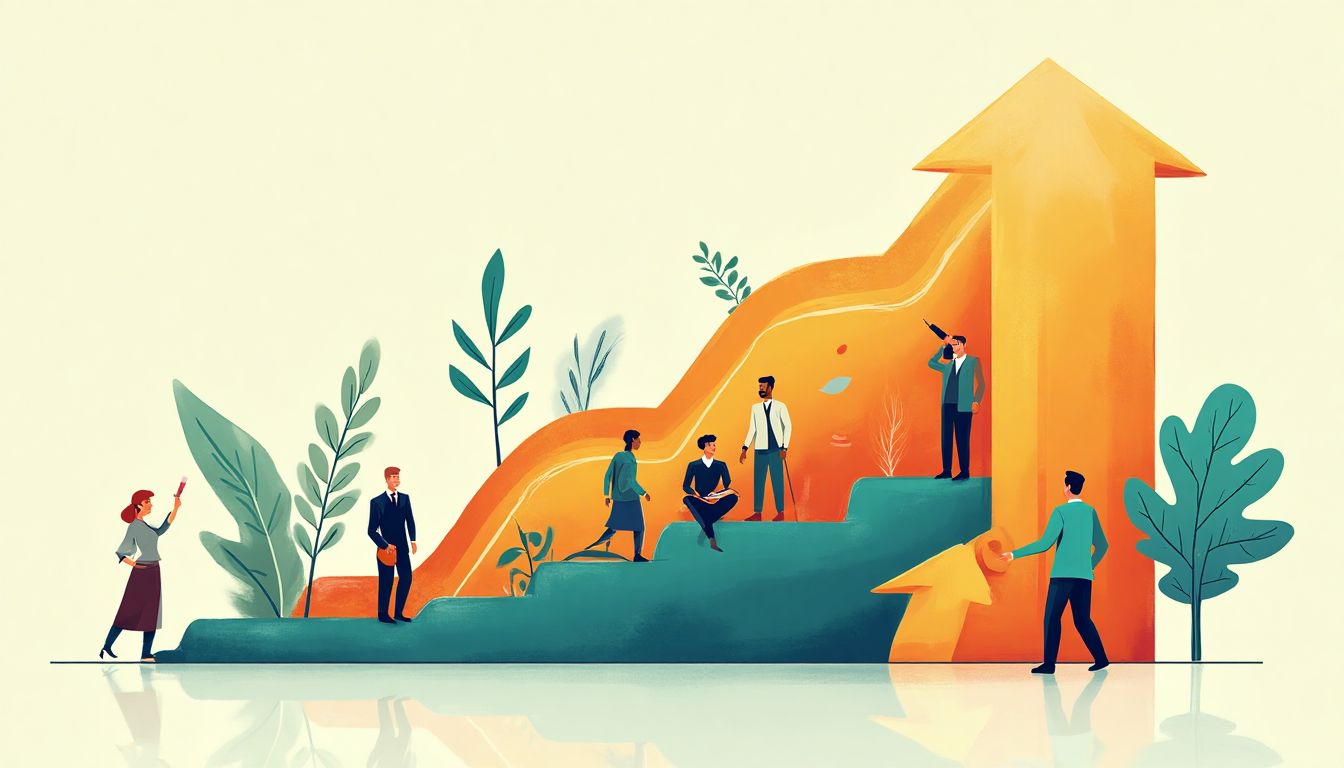
Frequently Asked Questions (FAQ)
1. What is considered a high income in Canada?
A high income in Canada depends on where you live and your household size. Generally:
- Top 1%: Earns $250,000+ per year
- Top 5%: Earns $125,000+ per year
- Top 10%: Earns $100,000+ per year
For example, in cities like Toronto or Vancouver, you need more money to live comfortably because housing costs are so high.
2. What jobs pay the most in Canada?
The highest-paying jobs in Canada are usually in these fields:
- Doctors and surgeons (check Canadian Medical Association)
- Lawyers (see Canadian Bar Association)
- Engineering managers
- Tech executives (like at Shopify)
- Banking and finance professionals
3. How much do you need to earn to be rich in Canada?
Most experts say:
- Comfortable: $75,000+ per person
- Wealthy: $250,000+ household income
- Top 1%: $500,000+
But remember, being "rich" isn't just about income - it's also about savings, investments, and lifestyle. The Government of Canada statistics show that wealth is very unevenly distributed.
4. Is it easier to get rich in Canada or the USA?
Both countries have opportunities, but there are key differences:
| Factor | Canada | USA |
|---|---|---|
| Healthcare costs | Lower (public system) | Higher (private system) |
| Education costs | Lower tuition | Higher tuition |
| Highest salaries | Lower top salaries | Higher top salaries |
Many entrepreneurs say Canada has better social safety nets, while the U.S. offers higher earning potential at the top.
5. What percentage of Canadians make over $100,000?
About 10% of Canadians earn over $100,000 per year. The percentage is higher in big cities like:
6. How can I increase my income in Canada?
Here are proven ways to earn more:
- Get specialized training (check Government of Canada training programs)
- Move to high-paying industries like tech or healthcare
- Start a side business (many use Amazon for selling products)
- Invest in real estate or stocks
- Network with successful people in your field
7. Do rich Canadians pay their fair share of taxes?
This is a hot debate! Here's what we know:
- The top 10% pay about 54% of all income taxes
- But some use legal loopholes to reduce taxes
- Organizations like the Canadian Centre for Policy Alternatives argue the rich should pay more
8. Where do most millionaires live in Canada?
Most Canadian millionaires live in these areas:
- Toronto's Bridle Path neighborhood
- West Vancouver
- Montreal's Westmount
- Calgary's Mount Royal
You can find luxury listings on sites like Realtor.ca.
9. Can you be rich working a normal job in Canada?
Yes, but it takes time and smart choices:
- Government jobs often pay $100,000+ with benefits
- Tradespeople (electricians, plumbers) can earn six figures
- Nurses and teachers can become wealthy through pensions and investments
The key is living below your means and investing the difference over many years.
10. What's the fastest way to get rich in Canada?
While there's no magic solution, these paths work for many people:
- Start a successful business (like Shopify did)
- Get into high-paying tech sales or software engineering
- Invest in real estate (but be careful with current prices!)
- Create valuable online content (YouTube, blogs, courses)
- Invent a product people need
Remember - true wealth usually comes from owning assets, not just earning a salary.
Wait! There's more...check out our gripping short story that continues the journey: This is just the beginning
Disclaimer: This article may contain affiliate links. If you click on these links and make a purchase, we may receive a commission at no additional cost to you. Our recommendations and reviews are always independent and objective, aiming to provide you with the best information and resources.
Get Exclusive Stories, Photos, Art & Offers - Subscribe Today!
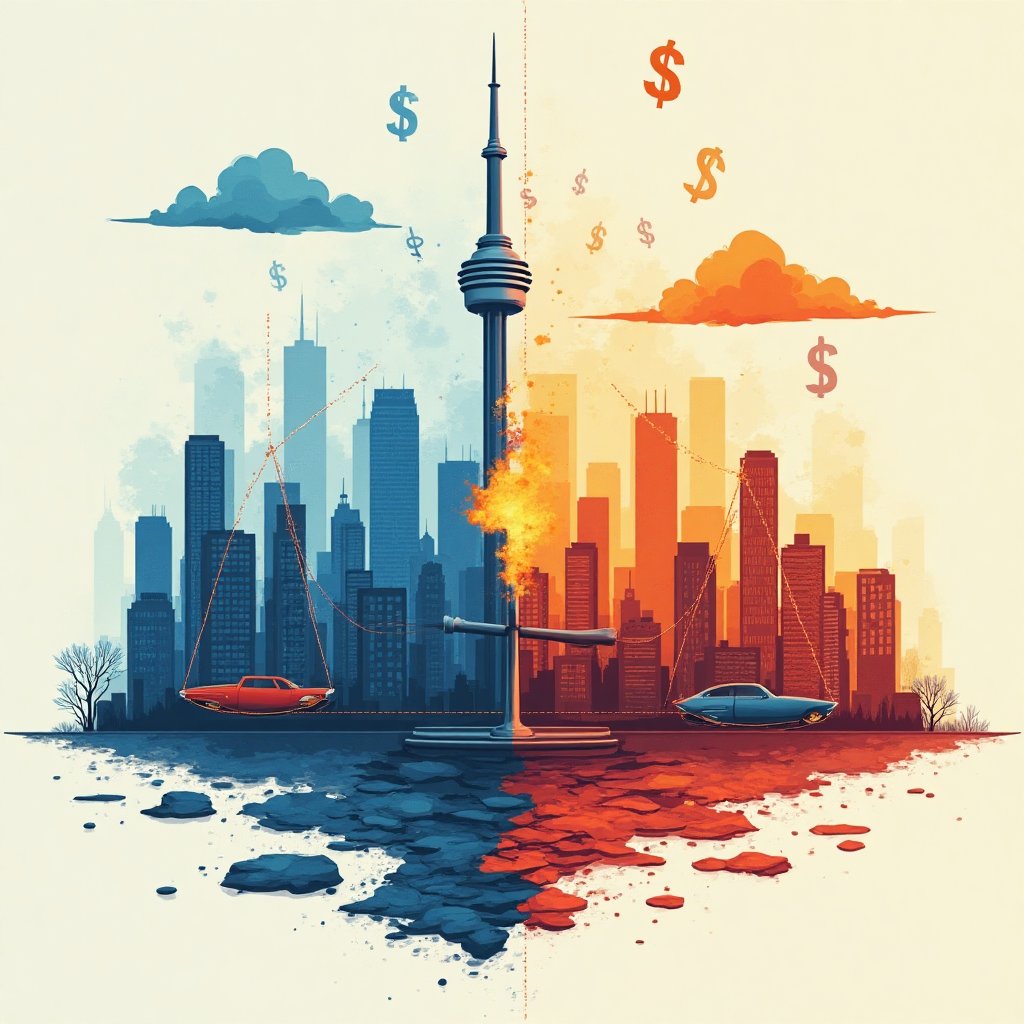
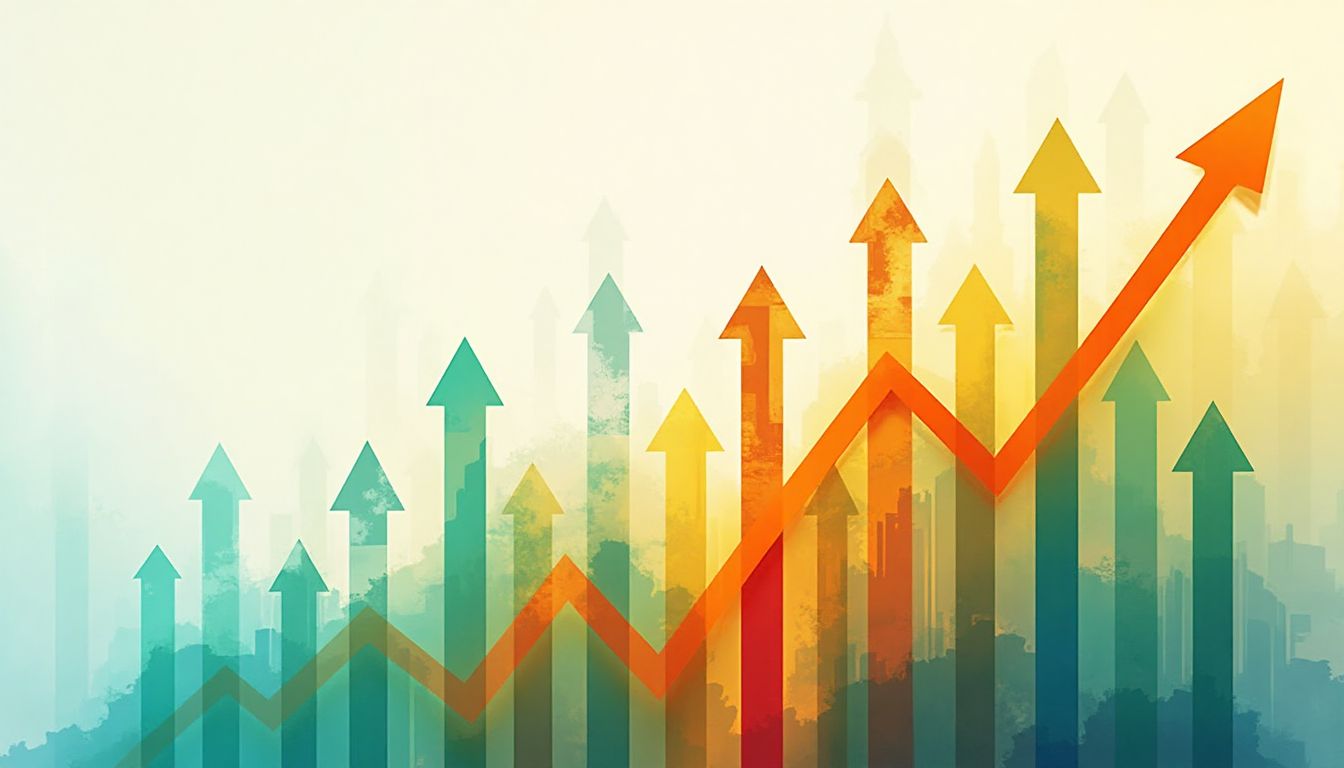






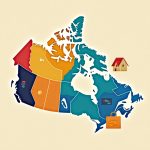



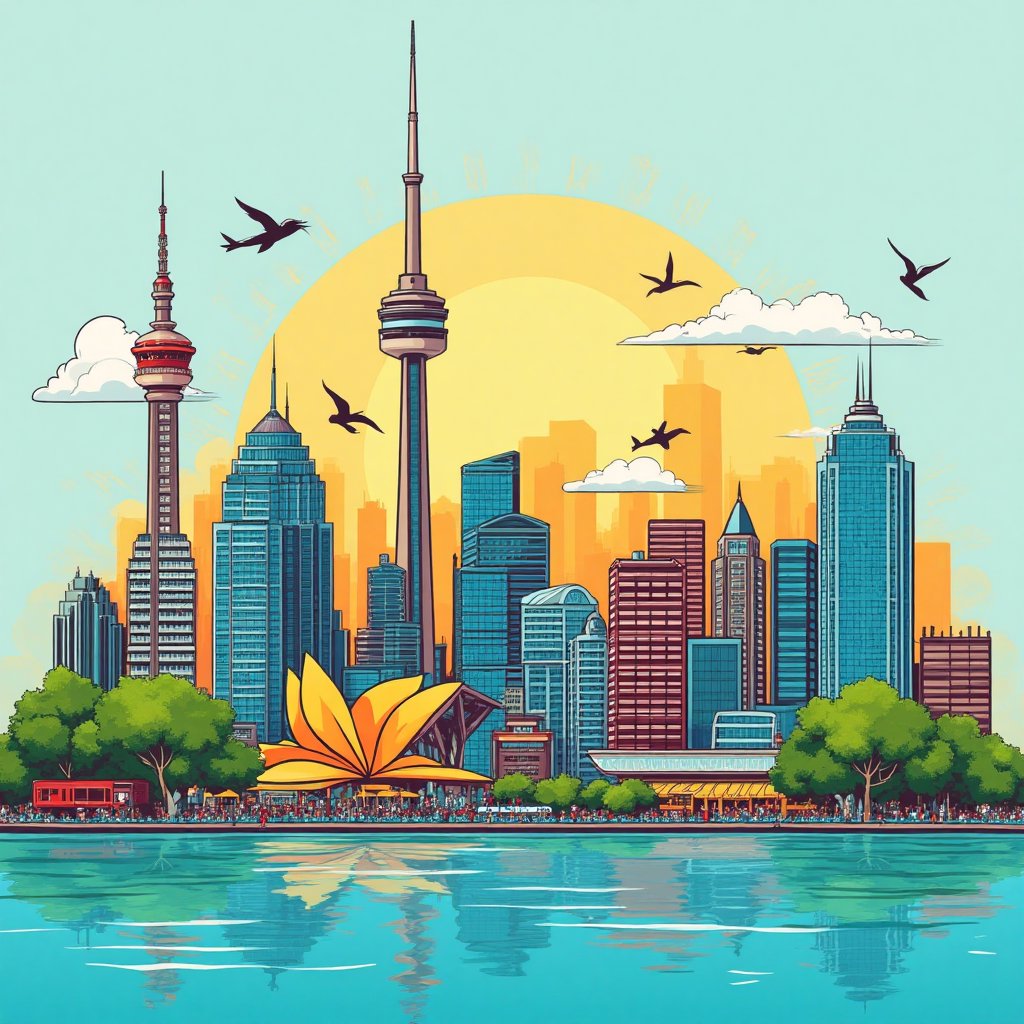















Post Comment
You must be logged in to post a comment.